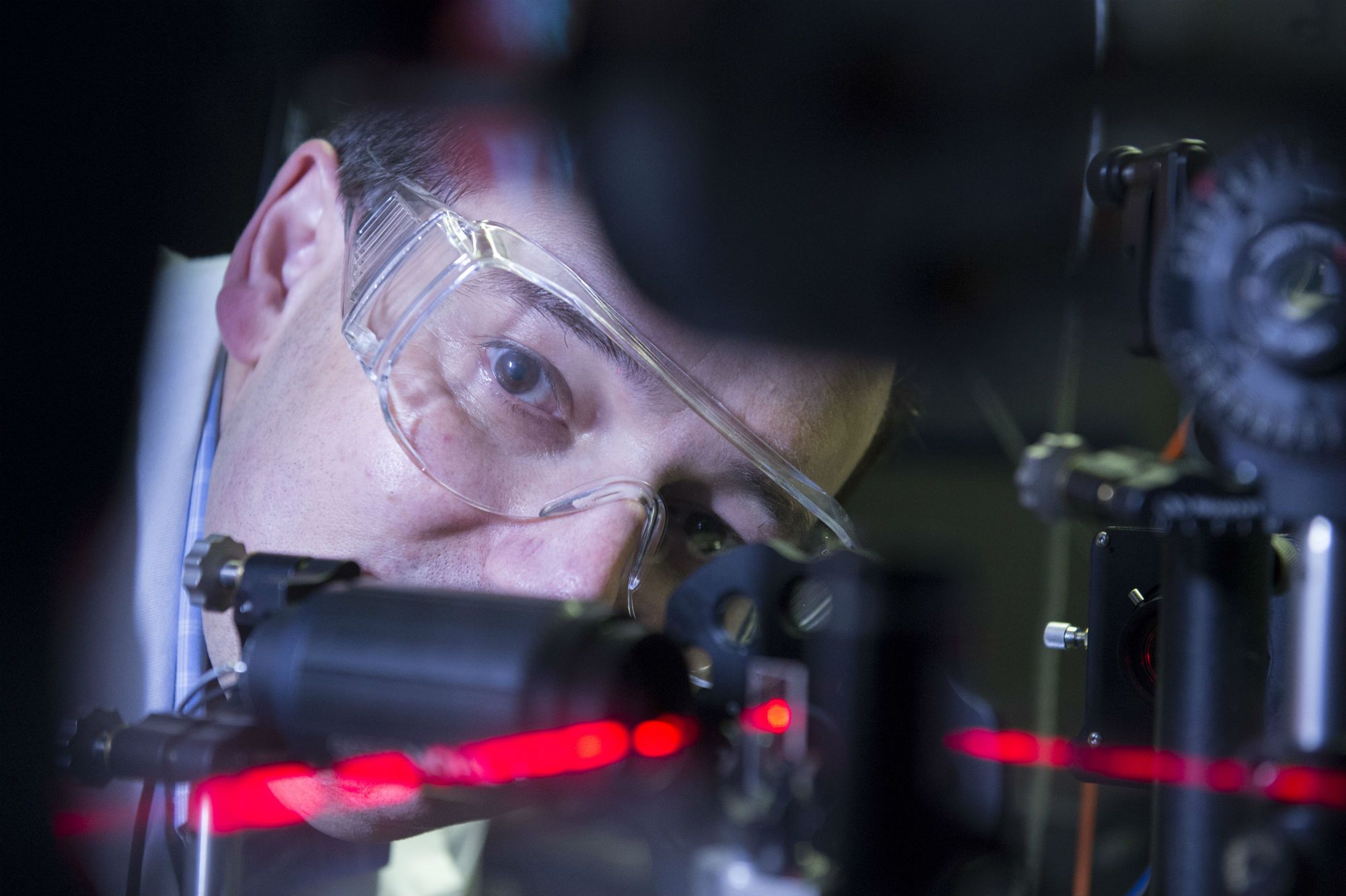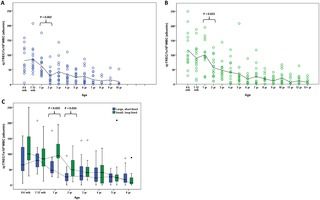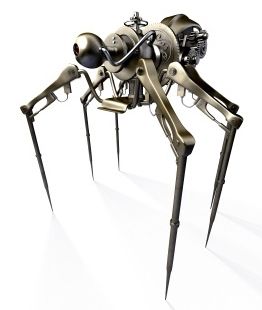Nov 14, 2016
IBM and NVIDIA Team Up on World’s Fastest Deep Learning Enterprise Solution
Posted by Karen Hurst in categories: business, finance, robotics/AI, transportation
SALT LAKE CITY, Nov. 14, 2016 /PRNewswire/ IBM (NYSE: IBM) and NVIDIA (NVDA)today announced collaboration on a new deep learning tool optimized for the latest IBM and NVIDIA technologies to help train computers to think and learn in more human-like ways at a faster pace.
Deep learning is a fast growing machine learning method that extracts information by crunching through millions of pieces of data to detect and rank the most important aspects from the data. Publicly supported among leading consumer web and mobile application companies, deep learning is quickly being adopted by more traditional business enterprises.
Deep learning and other artificial intelligence capabilities are being used across a wide range of industry sectors; in banking to advance fraud detection through facial recognition; in automotive for self-driving automobiles and in retail for fully automated call centers with computers that can better understand speech and answer questions.
Continue reading “IBM and NVIDIA Team Up on World’s Fastest Deep Learning Enterprise Solution” »

















